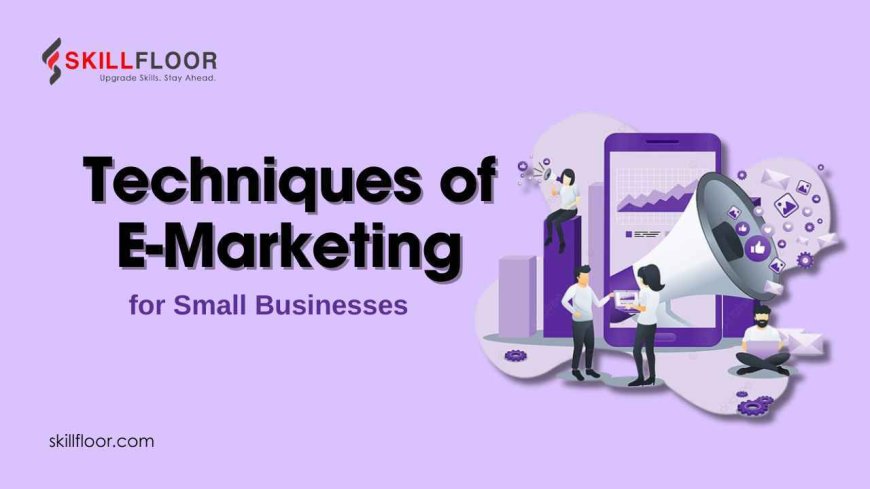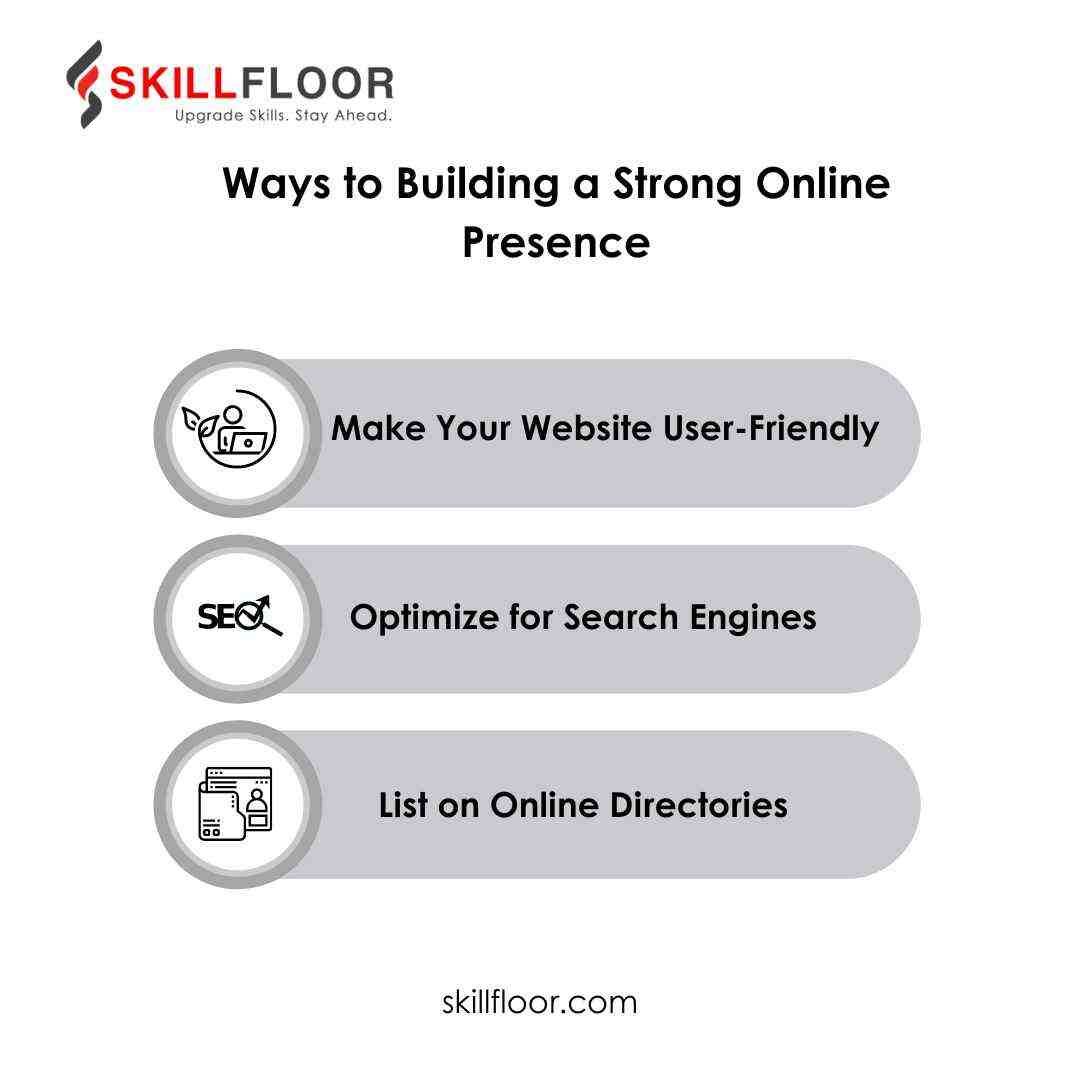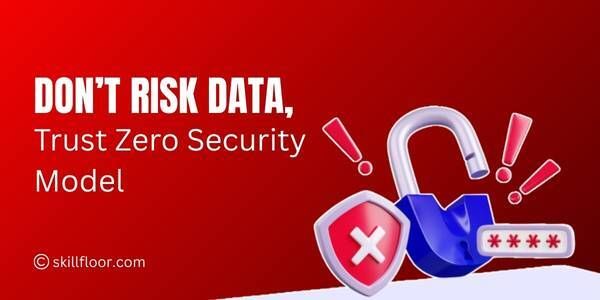Techniques of E-Marketing for Small Businesses
Discover effective e-marketing techniques tailored for small businesses to boost online presence, attract customers, and drive sales efficiently.

To increase reach and improve connections with potential clients in the modern digital world, entrepreneurs must master the techniques of E-Marketing for small businesses. Gaining an understanding of and putting into practice efficient e-marketing techniques can revolutionize how small businesses interact with their target market, spurring expansion and creating a devoted clientele. Through the utilization of digital technologies like email marketing, social media, and search engine optimization, small business owners can establish a powerful online presence that connects with customers. These tools aid in the promotion of goods and services as well as the analytics-driven understanding of consumer preferences and behavior. Additionally, content marketing plays a vital role in this strategy, providing valuable information that meets the needs and interests of your audience, thereby fostering trust and credibility. Embracing these techniques allows small businesses to compete effectively in their respective markets, ensuring they remain visible and relevant in a competitive online world.
Understanding Your Audience
Knowing your target audience is essential before launching any marketing effort. Although it seems apparent, this is frequently ignored. The foundation of any e-marketing strategy is an understanding of your target audience.
-
Make Personas for Your Customers: Create personas based on the characteristics, habits, and preferences of your ideal clientele. Are they youthful workers searching for something quick to eat at lunch? Or are they parents looking for toys that teach?
-
Examine Current Clientele: Examine your present clientele. What kind of purchases do they make? Which goods or services are their favorites? Make adjustments to your marketing efforts using this data.
-
Take part in social hearings: Pay attention in forums and on social media. What remarks are made regarding your industry? This can provide you with information about trends and customer needs.
Your marketing efforts will be more successful if you can customize your messaging to appeal to your audience on a deep level.
Building a Strong Online Presence
Your digital shop is your internet presence. People visit it to find out more about your company and make an engagement decision.

- Make Your Website User-Friendly: Your website should be simple to use, responsive to mobile devices, and effectively display your offerings. A messy or slow website can drive away potential consumers since first impressions matter.
-
Optimize for Search Engines (SEO): Make sure your website is search engine optimized (also known as SEO). This entails making sure your website is quick and safe, employing pertinent keywords, and producing high-quality content.
-
List on Online Directories: Verify if Google My Business, Yelp, and Bing Places, among other well-known online directories, have listings for your company. This can increase local traffic to your website and help you become more visible.
Utilizing Social Media Effectively
Social media is an effective tool for developing your business and engaging with customers.
Select the correct platforms: Pay attention to the channels where your target market is most engaged. Be where your customers are, whether that's on Facebook, Instagram, LinkedIn, or TikTok.
Produce Interesting Content: Distribute useful stuff to your audience, such as user-generated content, tips, lessons, and behind-the-scenes glimpses. Interact with your followers by answering their messages and comments.
Use Paid Advertising: With the use of social media ads, you can target audiences with very particular demographics, interests, and behaviors. You may still get great outcomes even on a tight budget.
Email Marketing Strategies
For small businesses, email marketing continues to be one of the most affordable e-marketing strategies.
Create a High-Quality Email List: Gather email addresses via your website, in-person sign-ups, and events. Make sure you have their consent before emailing them with offers of discounts or access to special material.
Divide Up Your Audience: Segment your email list according to things like demographics, interests, or past purchases. This enables you to send emails that are more pertinent and tailored.
Produce Engaging Content: Your emails ought to offer something of value. Make sure your emails are worth opening and reading, whether it's through updates, promotions, or instructional content.
Content Marketing
To attract and hold on to a specific audience and ultimately encourage profitable consumer action, content marketing involves creating and distributing valuable, relevant content. Specifically designed to adapt to the interests and needs of its target consumers, it features blogs, videos, infographics, and more.
The goal of content marketing is to draw in and keep readers interested by producing high-quality content.
Start a Blog: Share industry-related thoughts, advice, and anecdotes. A blog can help you become more visible online and enhance your SEO.
Create Videos: Make Videos Videos are an excellent medium for product demonstrations, customer testimonials, and instructions. A little budget is not necessary; even straightforward, real videos can have a great impact.
Use infographics: Infographics are a great way to swiftly communicate information and are very social media shareable.
Pay-Per-Click (PPC) Advertising
Businesses that use pay-per-click (PPC) advertising have to pick out a certain amount each time one of their ads is clicked. With this concept, marketers can purchase website visits and target specific groups with customized advertisements.
-
Google Ads: Make advertisements that show up when customers look for terms associated with your company. Only when an ad is clicked do you get paid.
-
Social Media Ads: PPC advertising is available on sites like Facebook and Instagram. Ads can be targeted according to demographics, hobbies, and actions.
-
Retargeting: Retarget visitors to your website who left without making a purchase. This motivates customers to return and keeps your business at the forefront of their minds.
Analytics and Performance Tracking
It's essential to track your marketing initiatives to determine what is and is not effective.
Make use of Google Analytics: This free tool gives you information on user behavior, website traffic, and conversion rates. It's crucial to monitor how successful your internet presence is.
Track Metrics on Social Media: The majority of social networking sites include statistics for monitoring demographics, reach, and engagement. Make adjustments to your social media approach using these insights.
Examine Email Marketing: Monitor your email campaigns' open, click-through, and conversion rates. Over time, you can use this data to make your email marketing more effective.
Small business owners can improve their digital footprint and establish closer ties with their audience by adopting the strategies of e-marketing. Small firms may customize their outreach, comprehend customer behavior, and increase engagement by leveraging tools like SEO, social media, content production, and PPC advertising. Businesses may remain competitive and relevant in the rapidly changing digital marketplace by maintaining agility and consistently improving strategy based on analytics.




























































